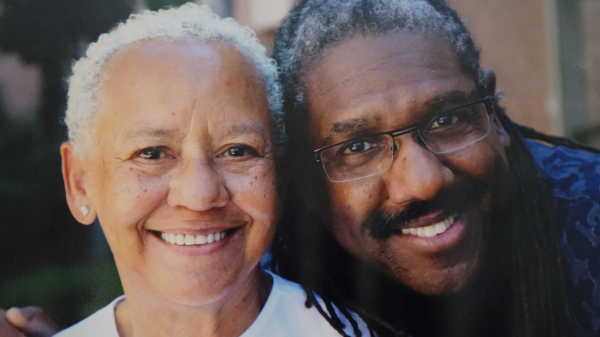New ASU certificate to prepare students to work with American Indian nations

Arizona State University's School of Politics and Global Studies and the American Indian Studies Program have announced the new American Indian Nation Governance Certificate, which is designed to prepare students to develop greater understanding of government and governance in Native American communities.
The curriculum covers several themes that range from the historical experiences, policies and the sovereign status of American Indians to the legal and political relationships between Native American Nations and the U.S., state and local governments. Students will be better prepared to work with or within American Indian nations, federal and state agencies and non-profits regardless of their academic major or place of employment.
“Arizona is Indian country with 22 tribal nations, each with its own tribal government,” said John Tippeconnic, director of the American Indian Studies Program. “There are 566 tribal governments nationwide. The American Indian Governance Certificate gives students an opportunity to become familiar with important tribal governance concepts like tribal sovereignty, self-determination, government-to-government relationship, and contemporary Indian issues. The result will be Individuals who will be better equipped to work the tribal nations.”
The requirements include coursework in American Indian Studies and Political Science, including optional applied internships. Students may be awarded the certificate upon the completion of 15 specific credits. To learn more about the program requirements click here.
More Arts, humanities and education

School of Social Transformation faculty member assumes new title with NSF
School of Social Transformation faculty member and Founding Executive Director of the Center for Gender Equity in Science…

ASU's Neal Lester reflects on life, death of poet Nikki Giovanni
When Neal Lester heard on Monday that poet and activist Nikki Giovanni had died, the news hit hard.Lester, the founding director…

Learning by stepping outside
By Adriana MaestasAmid a world increasingly captivated by all things digital, more than 200 Arizona teachers have crafted…